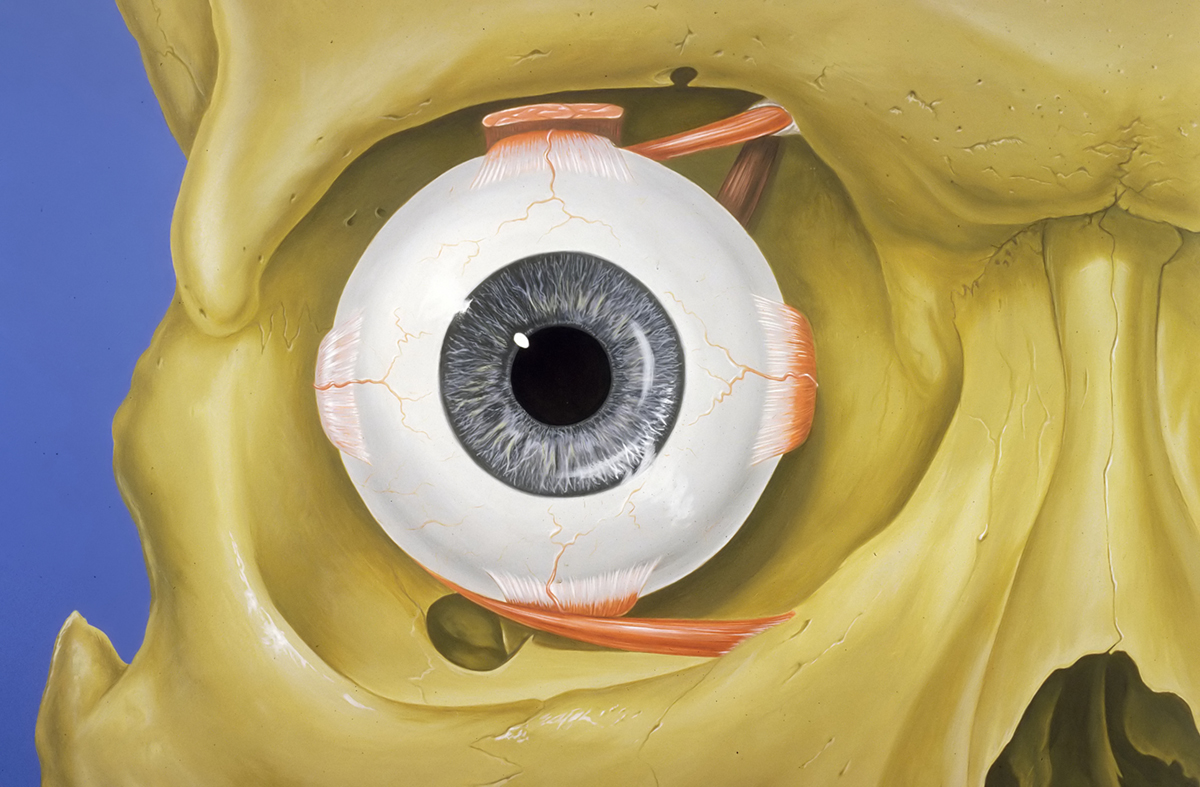
Introduction
There are numerous herbal remedies which can be very helpful in improving one’s eyesight. One can see more clearly by maintaining natural eye care and a proper diet with all the required nutrients.
Herbs and Remedies
Bilberries is a close relative of the cranberry and is a remarkable source of some types of bioflavonoids. These substances are very efficient in speeding up the regeneration of the purple pigment that the rods in the eyes use in order to see. It is believed that bilberries can also improve night vision.
Bilberries are very rich in anthocyanidins and proanthocyanidins which have very potent antioxidant properties. Gingko biloba products can be purchased anywhere in the world and they can be used very successfully for the treatment of hypoxia, spasms and the damage caused by the free radicals. It is also very efficient in reducing the risk of macular degeneration.
Alpha-Lipoic Acid or ALA is very beneficial in supporting and maintaining a healthy vision. It also makes vitamins E and C and all other antioxidants even more efficient because it recycles them. Alpha-Lipoic Acid is very beneficial in fighting the stress that comes with aging and oxidation. Pterygium, macular degeneration and cataracts usually occur due to the aging process, free radicals damage, poor nutrition, smoking, and excessive exposure to ultraviolet light.
The Eye Muscles
The orbit muscles control the movement of the eye and there are six of them. Four muscles control the movement of the eye in the cardinal directions while the remaining two control the adjustments which are required to counteract the head movement. The muscles actually give the eye its shape, they move it and hold it in its place.
The cornea is the main part of the eye and it is actually a structure that is transparent and it is located at the front side of the eye. Its primary function is to focus the incoming light. Iris is a colored membrane in a shape of a ring that is located behind the cornea. The pupil is an adjustable circular opening located on the iris and it contracts and expands as the amount of light that enters the eye changes.
The crystalline lens is behind the pupil and it is basically a transparent structure that has no color and is surrounded by ciliary muscles which hold it in place. The muscles actually allow the eye to see objects that are distant or close.




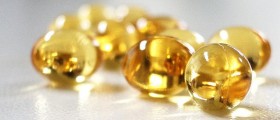



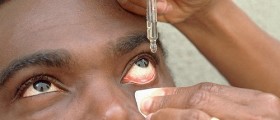





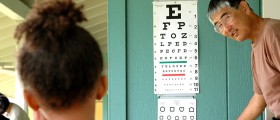

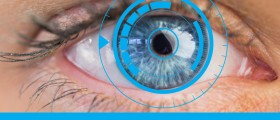
Your thoughts on this
Loading...